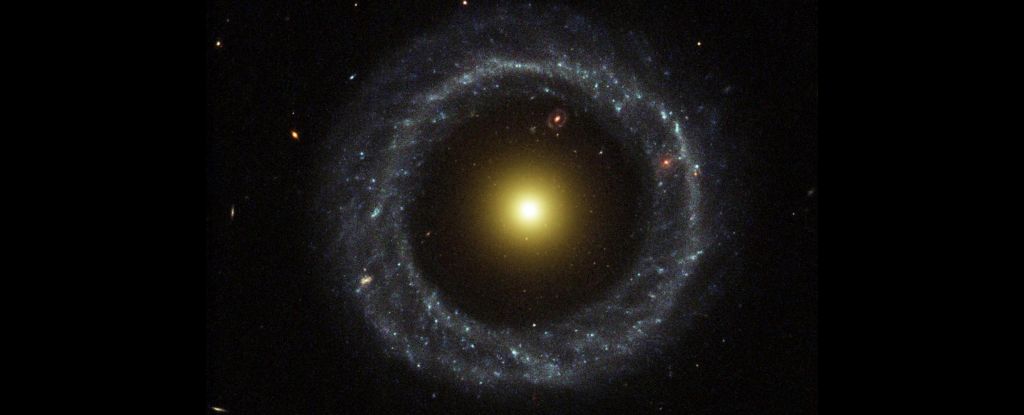
The universe continues to present a series of perplexing mysteries that challenge scientists and astronomers alike. As our observational tools improve and our understanding deepens, several significant questions remain unanswered. Here, we explore seven enduring space enigmas that stimulate scientific inquiry and imagination.
The Hubble Tension: A Cosmic Discrepancy
The expansion of the universe is a well-established fact, yet the rate at which it expands—known as the Hubble constant—remains contentious. Two primary methodologies yield conflicting results. The first, the standard ruler approach, draws on relics from the early universe, such as the cosmic microwave background and baryon acoustic oscillations. This method consistently measures the Hubble constant at approximately 67 kilometers per second per megaparsec.
In contrast, the standard candle approach, utilizing objects like Cepheid variable stars and Type Ia supernovae, reports a higher value of around 73 kilometers per second per megaparsec. This discrepancy, known as the Hubble tension, has been observed repeatedly across various studies, suggesting that the solution may lie beyond mere measurement error. Researchers are optimistic that the resolution of this mystery could lead to significant advancements in cosmology, potentially earning a Nobel Prize for the discoverer.
Fast Radio Bursts: Unraveling the Unknown
The first fast radio burst (FRB) was detected in 2007, captivating scientists with its intensity and brevity. These powerful radio signals release energy equivalent to that of 500 million Suns, yet they typically last only milliseconds. Since their discovery, thousands of these enigmatic events have been recorded, mostly originating from galaxies outside our own.
A notable exception came from within the Milky Way, where a FRB was attributed to a magnetar—a type of neutron star with an exceptionally strong magnetic field. While astronomers believe magnetars may produce many FRBs, several questions remain. Are magnetars the sole source of these bursts? Why do some FRBs exhibit repeating patterns? The ongoing investigation aims to shed light on these captivating phenomena.
Dark Matter: The Invisible Force
The concept of dark matter emerged in the early 20th century when astronomer Fritz Zwicky noted that visible matter could not account for the gravitational forces necessary to maintain the structure of galaxies. Current observations indicate that dark matter constitutes approximately five times more mass than visible matter. Despite numerous theoretical candidates, the exact nature of dark matter remains elusive.
As it interacts with normal matter only through gravity, scientists face significant challenges in identifying it. Innovations in observational technology may eventually provide the breakthroughs needed to unravel this cosmic mystery.
GRB 250702B: A New Kind of Gamma-ray Burst
A groundbreaking discovery came with the detection of GRB 250702B in July 2025. Unlike previous gamma-ray bursts, which lasted only a few minutes, this event persisted for a full day, exhibiting multiple eruptions of gamma radiation. These bursts typically result from the collapse of massive stellar cores into black holes or from neutron star collisions. Researchers are currently investigating the galaxy from which GRB 250702B originated, hoping to uncover the mechanisms behind such an extraordinary explosion.
Hoag’s Object: An Unusual Galaxy
Located approximately 600 million light-years away, Hoag’s Object presents a strikingly peculiar structure. This galaxy features a symmetrical ring of young, blue stars surrounding a yellow sphere of older stars, with a vast emptiness in between. Theories regarding its formation include the possibility of a large object disrupting the galaxy or some form of instability erasing the central region. Nonetheless, the exact origin of Hoag’s Object remains a mystery.
Planet Nine: The Search for the Hidden Planet
Astronomers speculate that a hidden planet, often referred to as Planet Nine, may exist beyond Pluto’s orbit, influencing the orbits of icy objects in the outer Solar System. Predictions suggest this planet could be roughly five times the mass of Earth and take around 5,000 years to complete an orbit. Despite extensive searches, no direct evidence of Planet Nine has been found, leading to debates over whether it exists or if the observed clustering of icy objects is merely an observational bias.
As researchers continue to explore this region, the search for Planet Nine remains a tantalizing quest, highlighting the vastness of our Solar System and the mysteries it holds.
What Lies Ahead
The universe is rich with mysteries waiting to be uncovered. As technology advances and observational capabilities improve, scientists anticipate revealing aspects of the cosmos that remain hidden. This era of discovery promises exciting developments in our understanding of the universe and the fundamental laws that govern it. The journey into the unknown continues to beckon, urging scientists to persist in their quest for knowledge.






